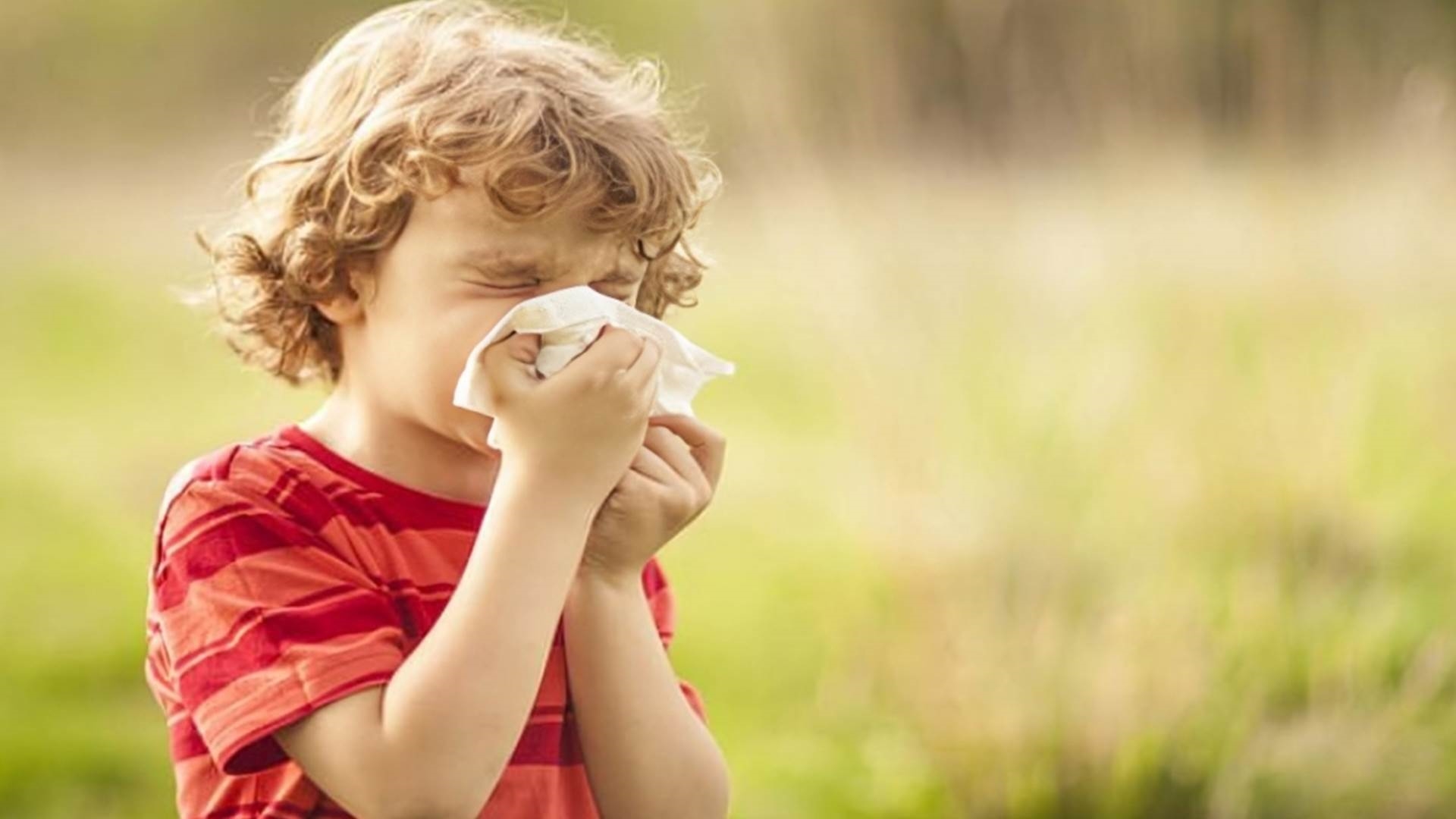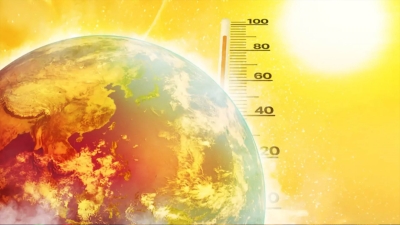How climate changes affected children's health
Mai El-Kafoury/Mostafa Sayed

Climate change poses a direct threat to life in general and children in particular, as a result of children being most vulnerable to diseases caused by climate change, such as malaria and other epidemics. Children under the age of five bear about 90% of the burden of climate change-induced diseases.
The deterioration of children's health results from many weather events, which have been worsening in recent times, notably hurricanes and heatwaves, which threaten children's lives, as well as floods that mainly affect water quality leading to the spread of diseases such as cholera, which pose a serious risk to children.
Drought also fails agricultural crops and increases food prices, affecting the issue of food security, which causes the increase of migration and not providing a decent life for all.
Air pollution is one of the biggest challenges for children, with about 2 million children living in areas where air pollution levels exceed WHO standards, forcing them to breathe polluted air and endangering their health, as well as spreading many diseases, such as pneumonia, a major infectious disease that causes death among children less than 5 years old.
Child deaths from pneumonia are strongly linked to undernourishment, water shortages and air pollution in general, as well as lack of access to quality health care.
Children also face a high risk, especially for low-income families, who face greater difficulty in withstanding climatic shocks, so that a large group of children may lose their homes, health and education as a result of weather events.
About 785 million people lack basic water services, and by 2040, 600 million children are expected to live in areas where demand for water is less than available.
According to the latest research from the Intergovernmental Panel on Climate Change, we have less than 11 years to make the necessary shift to avoid the worst impacts of climate change, and the level of carbon dioxide in the atmosphere needs to be reduced by 45% by 2030 in order to prevent global warming from exceeding 1.5 degrees Celsius.
If it does not quickly rectify, the future generation of children will grow up in a much more dangerous world as a result of climate change and environmental degradation.
The most important solution to confront this issue is to provide health services to children and to improve monitoring of air pollution, especially in countries and regions, where these systems are lacking or may not be available at all and to make children a priority of climate change response strategies and plans.
In addition, organizations support initiatives that make schools, health centres, water facilities and other services that are essential to children's health.
UNICEF is working to upgrade a range of solutions, most notably remote sensing to improve water source identification, solar water pumping, smart management systems for efficient water use, solar school lighting, solar pumps for communities at risk of drought and floods, and a pilot social protection programme to improve children's education and health services.













